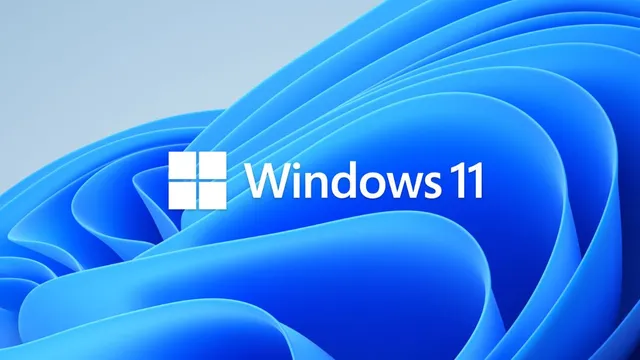- By Alex David
- Mon, 17 Nov 2025 11:58 AM (IST)
- Source:JND
Microsoft has spent the last year trying to reshape Windows 11 into a deeply AI-driven operating system. Here's the proposal: the reception has not turned out the way the company would have hoped. Long-time users, developers and even people in the industry are pushing back and saying Windows seems to be more unstable than ever and is cluttered with half-finished pipe dreams. Now, Windows chief Pavan Davuluri is openly acknowledging that the OS has work to do. At the same time, he’s doubling down on Microsoft’s vision of an “agentic” future — one where Windows becomes more autonomous, more predictive and more tightly woven with cloud-based AI. The tension between these goals and what power users want is shaping one of the biggest debates in Windows’ modern history.
Why the Backlash Started
The uproar began after Davuluri posted on X about Windows’ next chapter. His message framed the OS as evolving into an AI-powered, cross-device platform built around autonomous agents. Instead of celebrating the direction, users flooded the post with criticism about reliability issues, odd design decisions and features that feel half-implemented. The reaction grew strong enough that he eventually locked comments.
ALSO READ: Lava Confirms Agni 4 Launch Date What To Expect From The New Mid-Range Contender
Many users argued that the basics still feel broken. Windows UI inconsistencies, lingering bugs and regressions in long-trusted features have left people wondering why Microsoft keeps prioritising AI over stability.
What Users Are Most Upset About
A recurring theme in the responses was the sense that Windows no longer feels like a platform built for tinkerers and developers. Small things — like shrunken taskbar icons that don’t actually reduce the taskbar height — became symbols of a deeper frustration. People want Windows to feel coherent again.
Some developers went further. Gergely Orosz, a widely followed engineering commentator, said the platform is drifting in a direction that pushes technical users toward macOS and Linux. The claim echoed across dozens of replies from people who feel that power-user features have taken a back seat.
Microsoft’s Response: “We Hear You”
Davuluri stepped in to cool the discussion. He insisted that Microsoft still cares deeply about performance, reliability and the developer experience. He pointed out that the team reviews feedback from product channels and direct user reports, even when those two sets of data don’t always match.
He admitted that Windows has rough edges that need addressing and said the team is actively reviewing pain points around everyday usability. He also acknowledged the obvious: saying the right things isn’t enough. Users need to see measurable improvements in future updates before they’ll trust the AI-heavy roadmap.
What Microsoft Means by an “Agentic OS”
The term has confused people, but the concept is simple. An agentic OS is one where autonomous AI agents can operate across apps and services, handling tasks based on a user’s intent rather than manual input.
ALSO READ: Claude AI Used In First Large-Scale Agentic Cyberattack, Anthropic Confirms
Think of an assistant that can coordinate schedules, book travel, organise files, automate multi-app workflows or perform routine tasks in the background. Those agents exist today, but mostly inside apps and browsers. Microsoft wants the operating system itself to become the foundation for them.
The challenge is that today’s agents are still slow, occasionally unreliable and nowhere near the point where users trust them with sensitive or critical tasks. That gap fuels scepticism about Microsoft building Windows around capabilities that still feel experimental.
Final Thoughts
The push toward an agentic Windows is bold, but the backlash makes one thing clear: users want the basics fixed before the OS evolves into a fully AI-driven platform. Microsoft insists it’s listening, and Davuluri’s comments suggest internal awareness of Windows’ rough edges. Whether the company can balance its AI ambitions with the needs of power users will decide how the next chapter of Windows unfolds.

